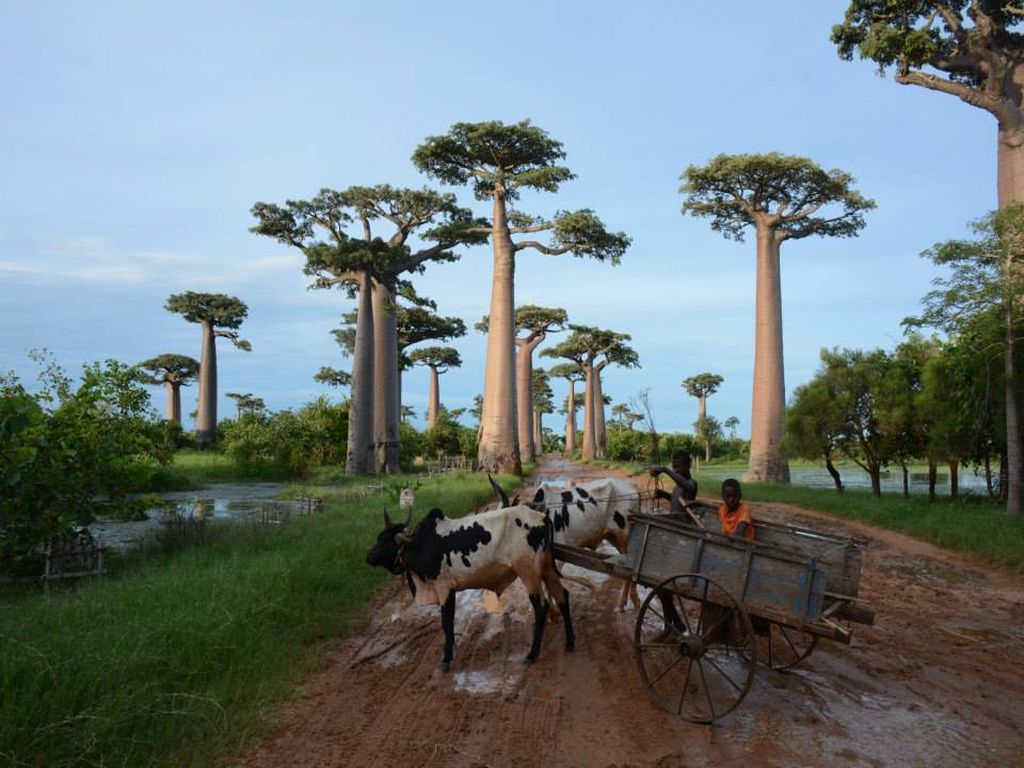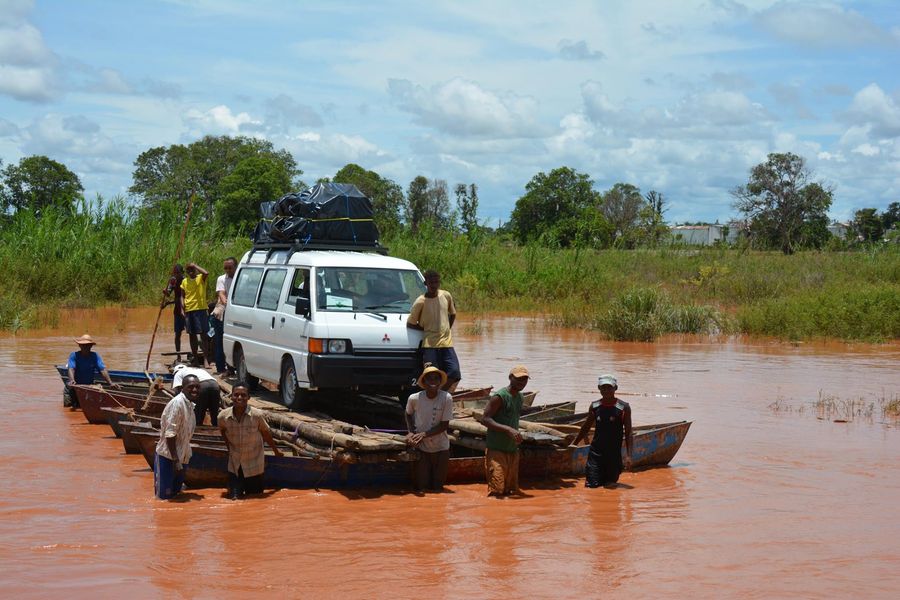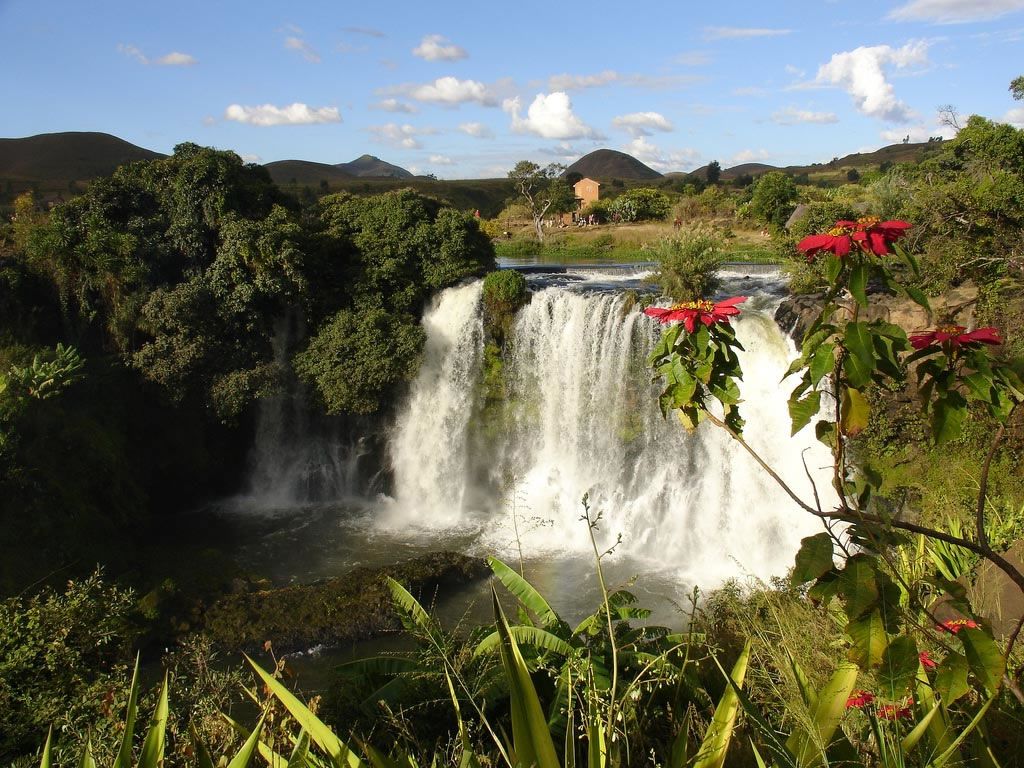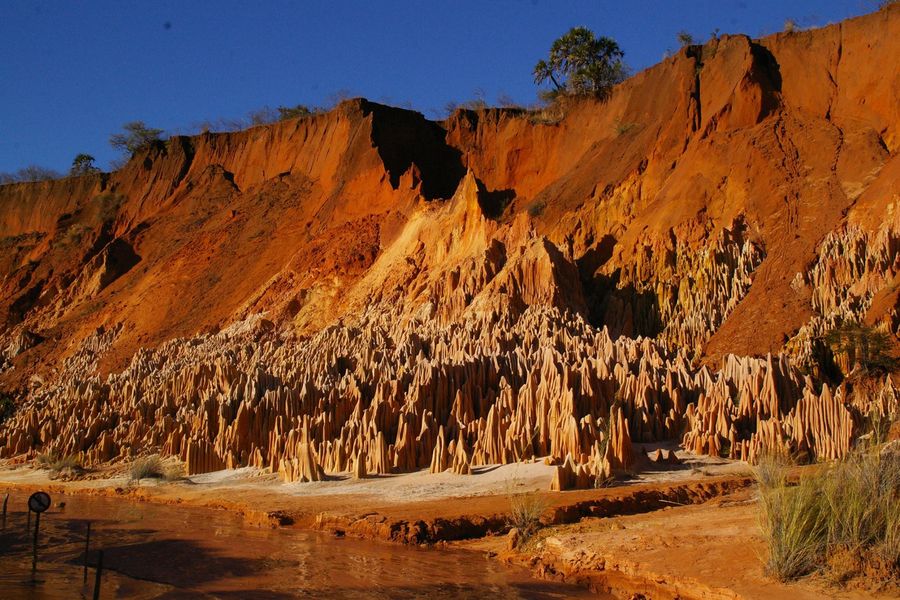Antanybe, « the big land » it’s the name that Madagascar uses the Islanders to name. Except by plane, to get there you have to go to the port, and either take the fast and overloaded shuttles called Teuf-Teuf, or take the ferry with or without vehicle or rather opt for fast hulls , to the landing stages Ankify or Antsanpany. You can then reach different cities or the North via the bus station of Ambanja. But also you will have the possibility of heading East towards Majunga, or in the center towards trays and Antananarivo capital.








